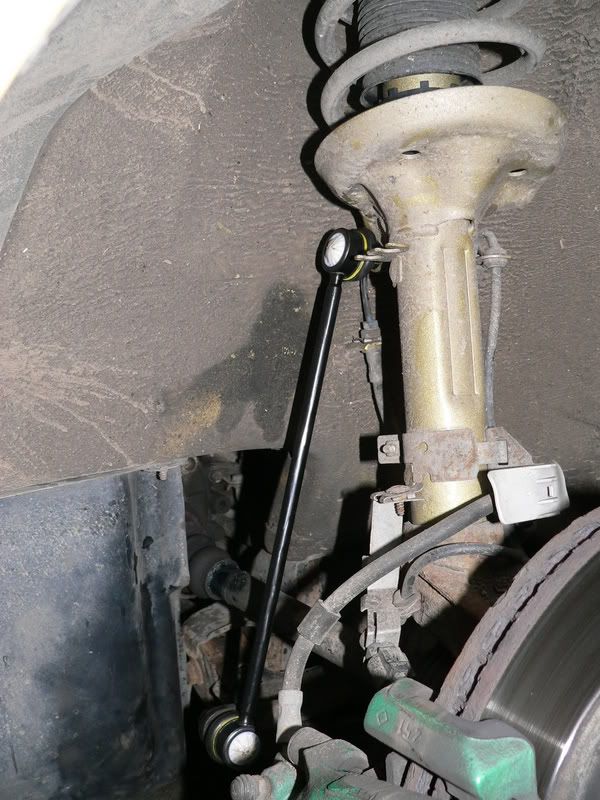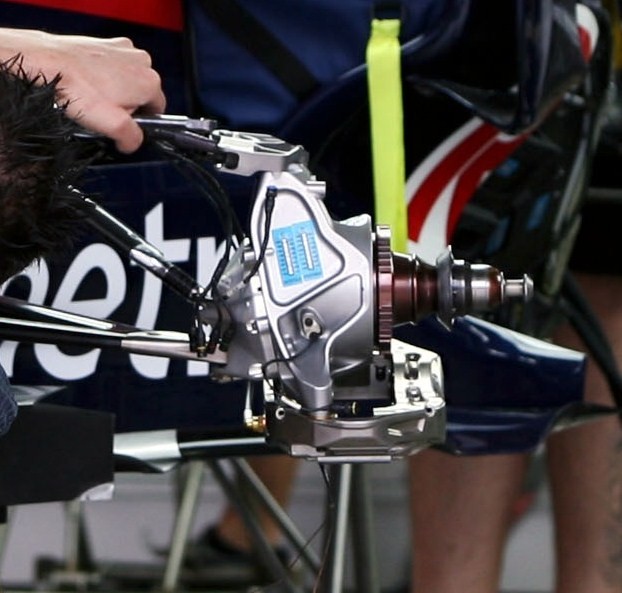yes, in a nutshell something along these lines.ysyy88 wrote:
Do you mean this small link on anti roll bar? This is a Mustang GT500's front suspension.
http://farm6.static.flickr.com/5056/549 ... c1_b_d.jpg
It is connected to a very hight point of the strut, which is equal to the knuckle, I think.
I noticed may cars did so, such as VAG PQ35, BMW325, Mitsubishi lancer and so on.
It did look a bit different on the race cars, I have seen, and the offset was adjustable, but in principle it´s similar.
You would preload/twist the ARB while steering, thereby creating a sort of "mechanical load transfer"
I did´nt found any good photos of a version used on a race car, but here is another shot of a similar system you found.
SEAT Leon




